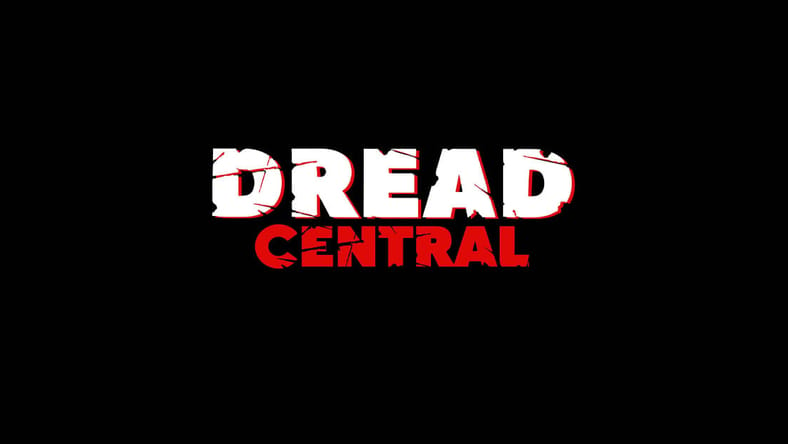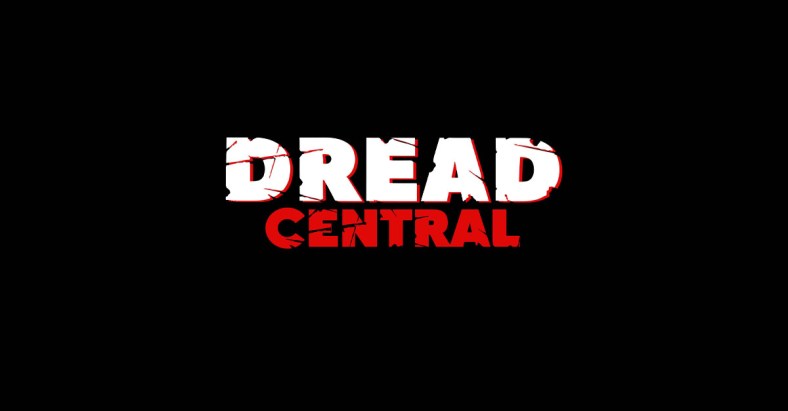Farewell to Wes – Guest Blog: Ted Geoghegan

Growing up in the middle of nowhere, there were a surprisingly large amount of options for a horror film-starved lad in the 1980s and 90s. With no less than ten video stores in my sleepy Montana town, I knew that once I’d run through an inventory, there would always be another to pilfer. Yet, pre-internet, it required some rather obsessive studying to ensure that I wasn’t renting the same film with a different title, and even more work to properly ensure I’d seen every film from my favorite directors.
Like most kids of the era, the massive media pervasion of 1984’s A Nightmare on Elm Street welcomed us into the world of filmic horror. Somehow, in the middle of Reagan administration, child killer Freddy Krueger become a universally-known pop culture icon the likes of Mickey Mouse and Ronald McDonald, appearing everywhere from stickers and t-shirts to adorable plush dolls. You couldn’t cross the street by the late 80s without seeing or hearing something related to Freddy, and that strange visibility was the gateway drug so many young horror fans like myself needed to get our foot cautiously through the door and begin exploring the genre.
Similarly, the brains behind Freddy became a name synonymous with horror. Wes Craven, a handsome everyman whose name was always spoken in reverence by children of my age, was the epitome of horror royalty. In an era without many genre celebrities, Craven wasn’t just a director – he WAS horror. So ingrained was his presence, I remember thinking that the word “craven” itself meant “terrifying” and incorrectly used it in papers well through my university days.
As the years went by, and my tastes wavered into other parts of the genre, I always paid attention to what Craven was doing. When I first glimpsed a surprisingly gory photo in the pages of Fangoria from his meta-slasher Scream, I forced half my high school to attend it on opening night. We found ourselves so entranced by its subversive brilliance that I saw it no less than five times in the cinema, dragging new friends every time.
And as I raced home one afternoon, late for dinner, I used the film as an excuse for my tardiness, claiming the matinee had started late. My father, a man who I’d assumed had never seen a horror film in his entire life, replied with, “Oh, that new movie from Wes Craven? I like that guy.”
As it turned out, 24 years before Scream, my father had caught Craven’s debut film, The Last House on the Left, and never forgotten it. Somehow, this master of horror had not only cemented himself as an icon in my young life but, secretly, in my father’s as well.
To a great many of us, Wes Craven wasn’t just a director – he was that cool uncle who let you stay up late and watch scary movies. He taught us that horror films weren’t bad and those who liked them weren’t evil. He was a smart, funny, and passionate artist whose work over the course of five decades repeatedly changed the course of cinema. I was honored to meet him only once and remember the nervousness and excitement I felt as I shook his hand and told him just how much his work meant to me.
Rest in peace, Mr. Craven. Thank you for starting me down the path that has become my entire life and for reminding us that dark dreams aren’t always nightmares…
— Ted Geoghegan

With the tragic passing of Wes Craven, literally everyone in the industry has been reeling and expressing love for the man and his work. Several people have been writing in to Dread Central to ask if it would be cool to post their thoughts. So this Farewell to Wes feature will be their opportunity to share their feelings and their thoughts with you, the horror community.
Some will be long, some will be short, but all are important and will be featured with love and caring. It’s our honor to be able to do this for the man who gave us so very much.
Categorized:News

